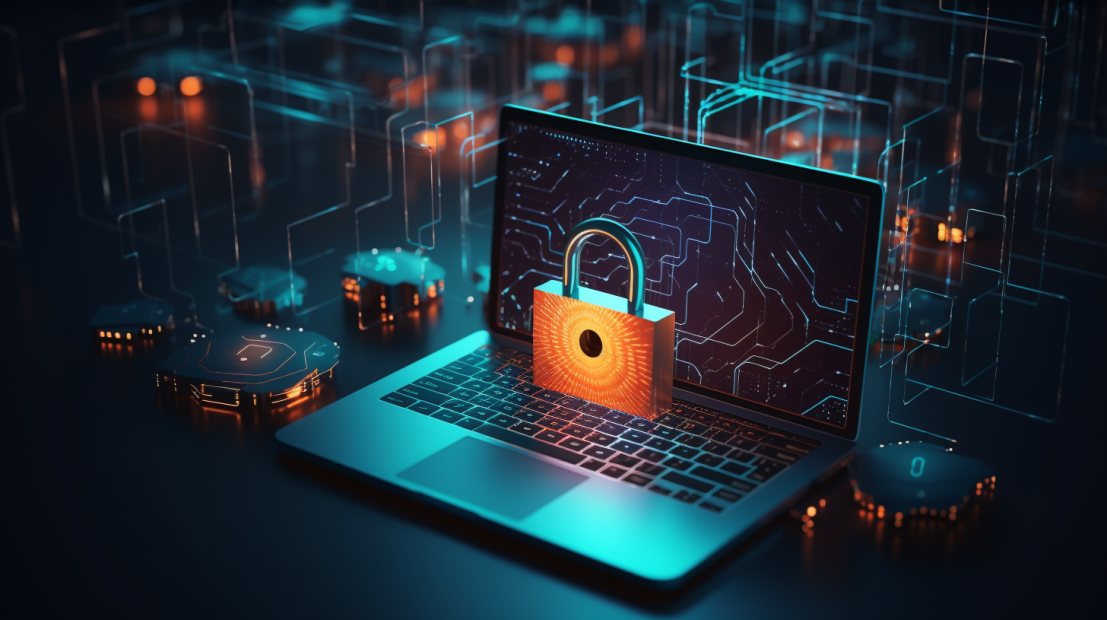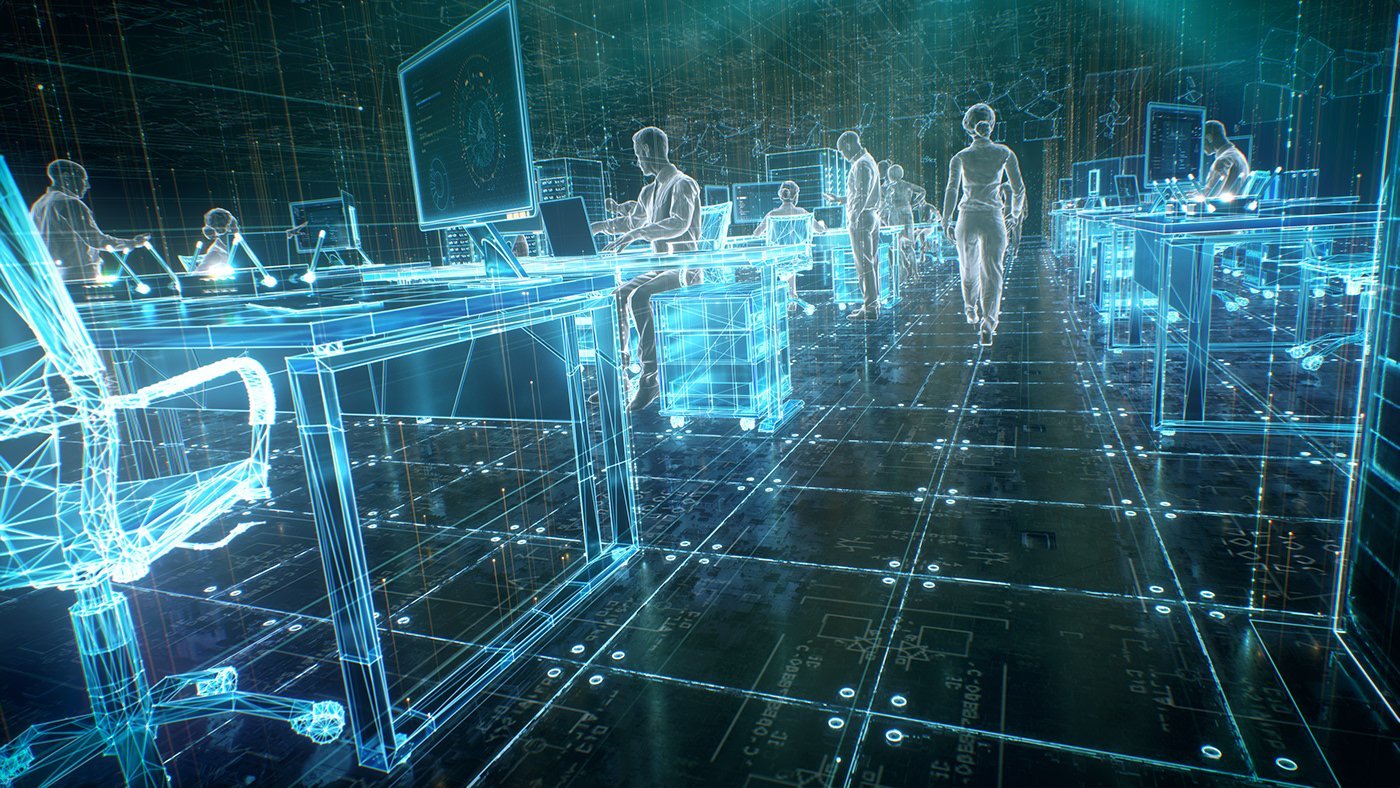Cybersecurity has become a critical issue. But what exactly is cybersecurity, and why does it matter so much? Whether we realize it or not, almost every aspect of our lives is touched by technology—from banking and shopping to communicating with friends and family. With so much of our information online, protecting it has never been more important.
This blog will dive into the concept of cybersecurity, explaining what it is, why it matters, and how we can all take steps to stay safe in a digital world. We will also discuss the common threats out there and provide some tips on how to protect yourself.
What is Cybersecurity?
Cybersecurity refers to the practice of protecting computers, networks, programs, and data from unauthorized access, attacks, or damage. In simple terms, it’s like having a lock on your door to keep unwanted visitors out, but in the digital world.
The primary goal of cybersecurity is to keep personal, financial, and sensitive information secure. This is important because cyberattacks can cause a lot of damage. A successful cyberattack might steal your personal data, drain your bank account, or even shut down entire computer networks, affecting businesses, governments, and regular people.
Importance of Cybersecurity
Cybersecurity is important because our world is increasingly online. As more and more of our daily activities move onto the internet, the need to protect our information becomes greater. If cybercriminals get access to our private information, they can use it for illegal purposes, causing financial loss and even threatening our safety.
A data breach, for instance, could expose personal information such as credit card details or social security numbers. Hackers could use this information to steal identities, make fraudulent purchases, or even take control of your online accounts.
That’s why it’s essential for individuals and organizations alike to take cybersecurity seriously and ensure they are protecting their digital assets properly.
Common Cybersecurity Threats
There are several ways that cybercriminals can attack a person, a company, or an organization. Some of the most common types of cyberattacks include:
1. Malware
Malware is software created to harm computers or networks. The term “malware” includes viruses, worms, spyware, and ransomware. Once malware infects a system, it can damage files, steal sensitive information, or allow attackers to control the system remotely.
For instance, ransomware is a particularly harmful type of malware that locks users out of their own systems until they pay a ransom to the attacker. Even after paying, there is no guarantee that the attacker will release the system.
2. Phishing
Phishing scams usually happen through fake emails, messages, or websites that look real but are designed to steal information.
For example, you might receive an email that looks like it’s from your bank, asking you to confirm your account details. If you enter your information, the cybercriminals can use it to access your account.
3. Man-in-the-Middle (MITM) Attacks
In a man-in-the-middle attack, cybercriminals secretly intercept communications between two parties, such as between a user and a website. This allows the attackers to steal sensitive information, like login credentials or financial data, as it’s being transmitted.
These types of attacks often happen on unsecured public Wi-Fi networks. So, when you’re using a coffee shop’s Wi-Fi, for example, an attacker might be intercepting your data without you knowing it.
4. Denial of Service (DoS) Attacks
A denial of service attack is when a cybercriminal overwhelms a website or network with traffic, making it impossible for users to access the service. This can cause major disruptions, especially for businesses that rely on their websites to serve customers.
One of the most infamous examples of a DoS attack was the attack on Amazon Web Services in 2020, which disrupted online services for many businesses worldwide.
How to Protect Yourself from Cybersecurity Threats
While the dangers in the digital world are real, there are several steps you can take to protect yourself from cyberattacks. Here are a few key tips:
1. Use Strong Passwords
Creating strong, unique passwords for each of your accounts is one of the most effective ways to protect yourself from cybercriminals. A good password should be at least 12 characters long and include a mix of letters, numbers, and special characters.
To make managing multiple strong passwords easier, you can use a password manager, which securely stores all your passwords in one place.
2. Enable Two-Factor Authentication (2FA)
Two-factor authentication adds an extra layer of security to your online accounts. In addition to your password, 2FA requires a second form of verification, like a code sent to your phone. This makes it much harder for hackers to access your accounts, even if they have your password.
3. Be Cautious of Phishing Scams
Always be wary of emails, messages, or websites asking for personal information. If something seems off—such as an email asking for sensitive details—it’s best to avoid clicking on any links or providing information. When in doubt, contact the company directly through a verified method.
4. Keep Your Software Updated
Many cyberattacks exploit weaknesses in outdated software. Keeping your operating system, antivirus software, and apps updated ensures that you have the latest security patches, which help to block potential threats.
5. Use a Virtual Private Network (VPN)
A VPN can help protect your data by encrypting your internet connection. This is particularly important when using public Wi-Fi networks, which are often unsecured and vulnerable to attacks like man-in-the-middle attacks.
The Future of Cybersecurity
As technology continues to evolve, so do the methods used by cybercriminals. This means that cybersecurity will always be an ongoing challenge. In the future, we are likely to see more advanced cyberattacks, including the use of artificial intelligence (AI) to create even more sophisticated threats.
However, cybersecurity experts are also using AI to defend against these attacks. AI can analyze patterns in network traffic and detect suspicious activity much faster than a human could, making it a powerful tool in the fight against cybercrime.
Furthermore, with the rise of the Internet of Things (IoT), where devices like smart home appliances are connected to the internet, the number of potential targets for hackers is increasing. This will require stronger security measures and more awareness on the part of consumers to ensure their connected devices are safe from cyber threats.
Conclusion
Cybersecurity is a critical aspect of living in today’s digital world. As we continue to rely more on technology, we need to ensure that we are taking the necessary steps to protect our information from cybercriminals. Whether it’s by using strong passwords, enabling two-factor authentication, or being cautious of phishing scams, we can all play a role in staying safe online.
By staying informed and adopting smart security practices, we can reduce our risk of falling victim to cyberattacks and enjoy the benefits of the digital world with greater peace of mind.

